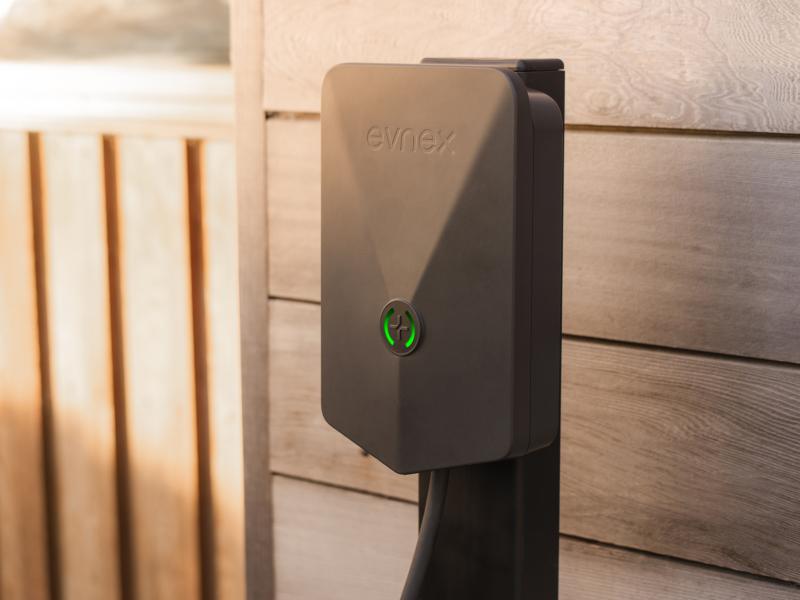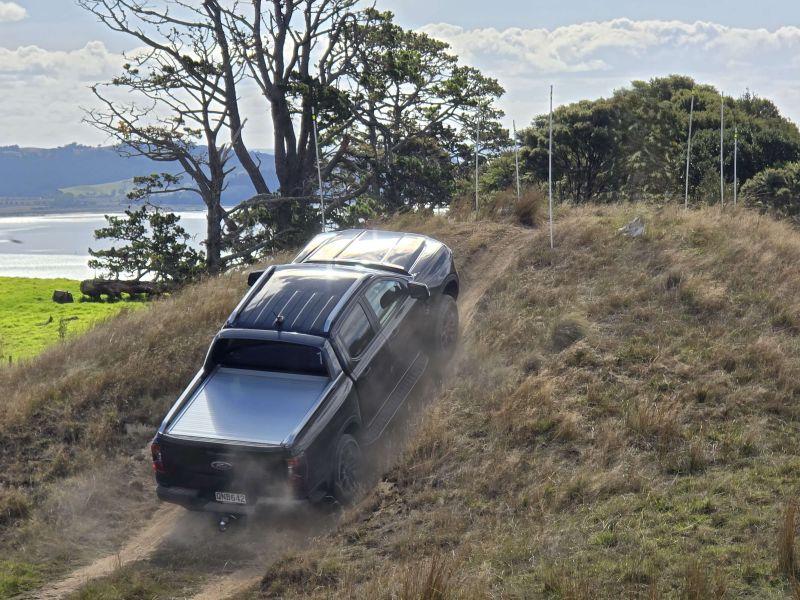Are you one of those who quickly looks blank but recovers and nods wisely whenever the subject of telematics comes up?
And is that because its one of those things you know you should have or – at the very least – investigated properly, but you haven’t, because, well it’s kind of complicated isn’t it?
Telematics is not as complex as you might think. In fact, telematics in its simplest form, is no more complicated than a satellite navigation system, which you’ll find as standard equipment in most modern vehicles.
Telematics uses wireless devices (black boxes) to transmit data in real time back to a home base. This is the simplest explanation, but its only scratching the surface.
Telematics – having been around for a couple of decades now and refined all the way through – does so much more.
A telematics system as it applies to vehicles, records data and then sends that data to a storage/retrieval computer or allows a black box to receive information from home. It can also store information for later assessment.
Typically, this data includes average speeds, fuel use, acceleration levels, idle times, braking tendencies and cornering habits – all of which can be used to reduce fleet costs and increase profitability through greater efficiency of your mobile employees.
There is also a significant consideration the safety of your drivers as measured by their driving habits and monitoring their location whenever they are off site.
This is telematics with a very broad sweeping brush. Getting more specific does not mean getting more complex necessarily, as each company uses the advantages of telematics differently, depending on their requirements or company weaknesses.
A telematics solutions provider can help you through the process obviously, but it’s a good idea to have it clear in your mind what you are looking to achieve, be that a reduction in infringements or collision damage, better productivity with reduced time losses, better communication with your field personnel, fuel and serviceable parts savings or a combination of all of the above.
You will find, the more you investigate everything a telematics system can do, that the end solution is able to provide you with more information than you might have first thought.
Yes, there’s a cost involved, but telematics ultimately allows you to work smarter rather than harder and is going to do so much in terms of streamlining your fleet, as well as ensure long term cost savings and increased productivity.






